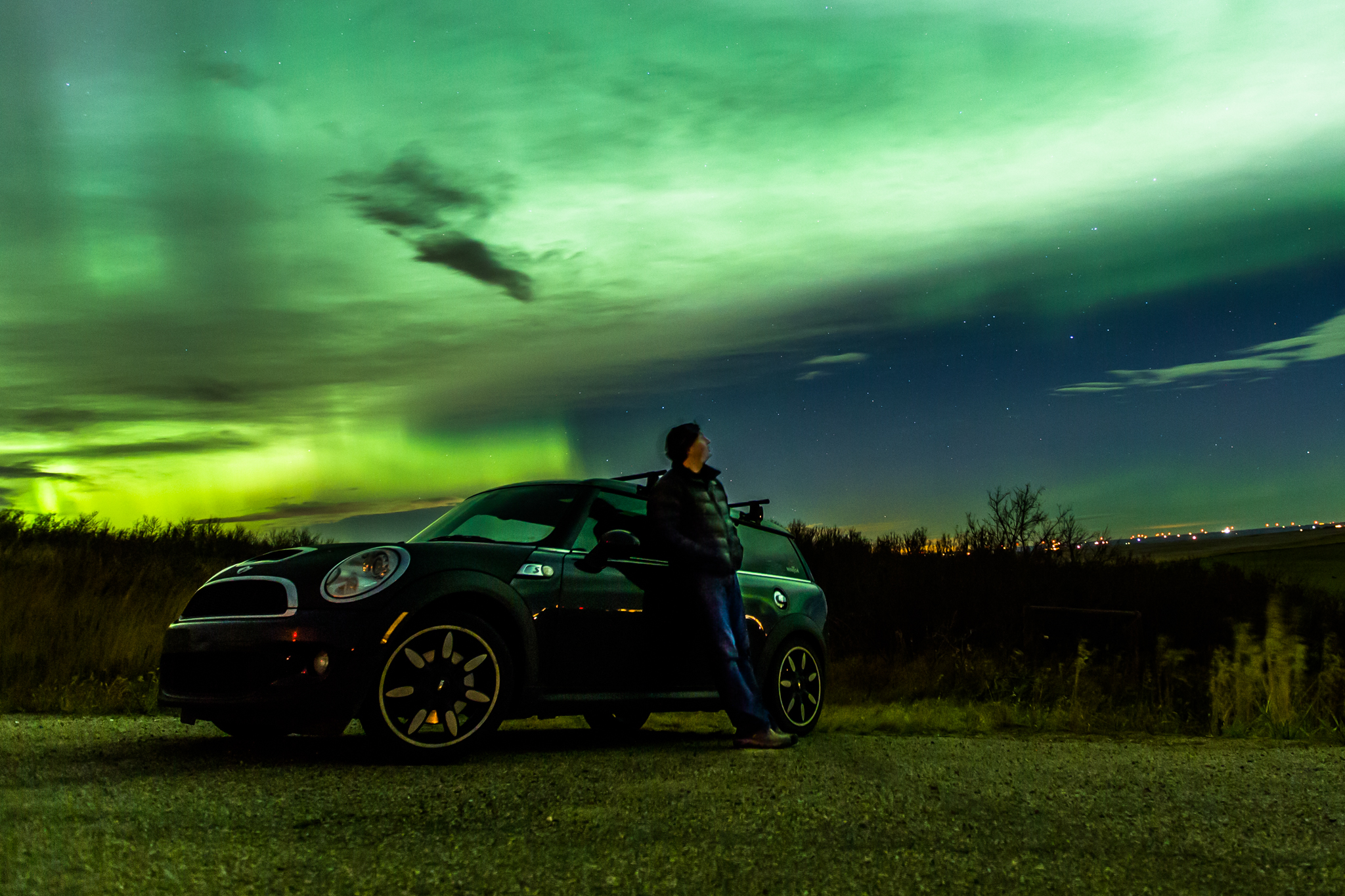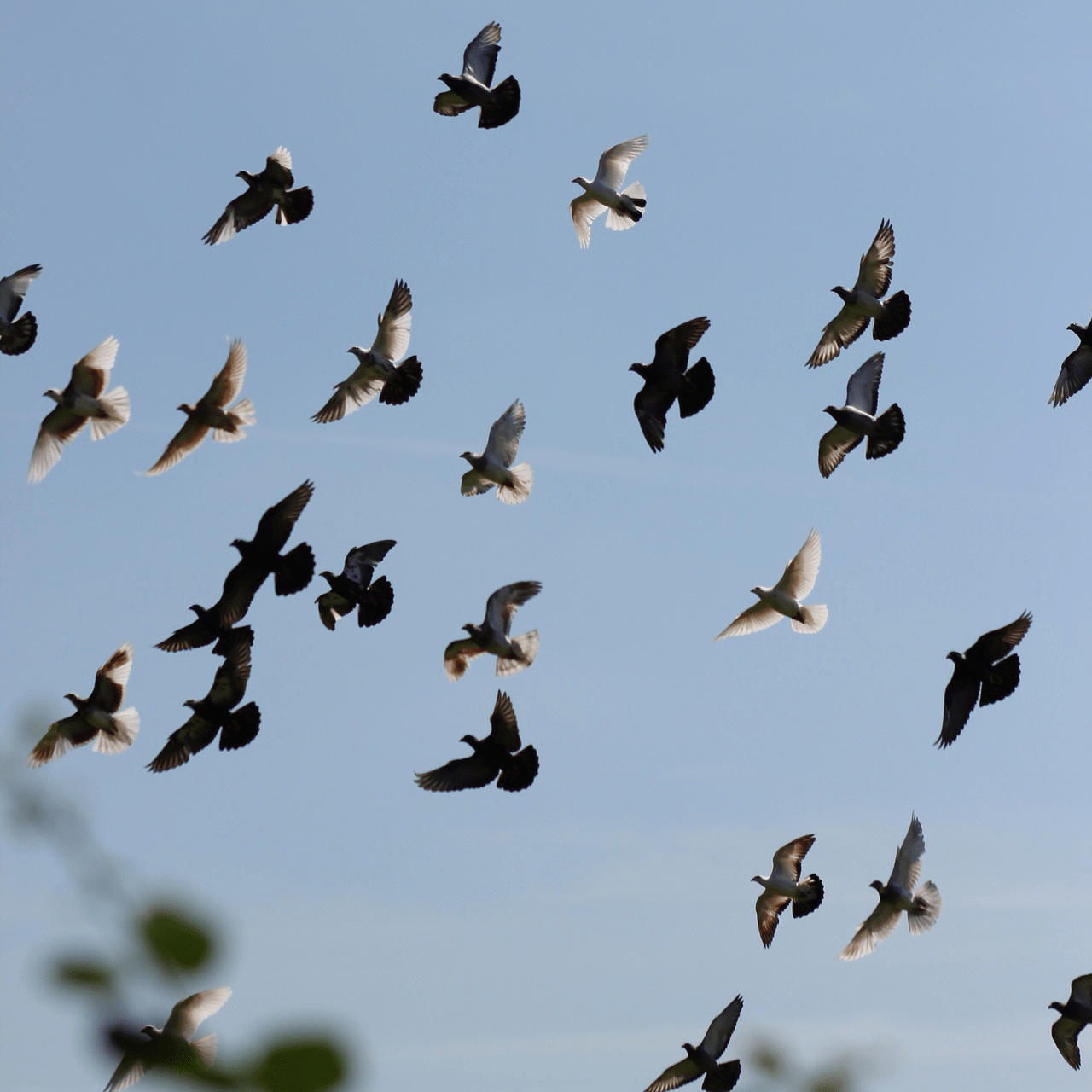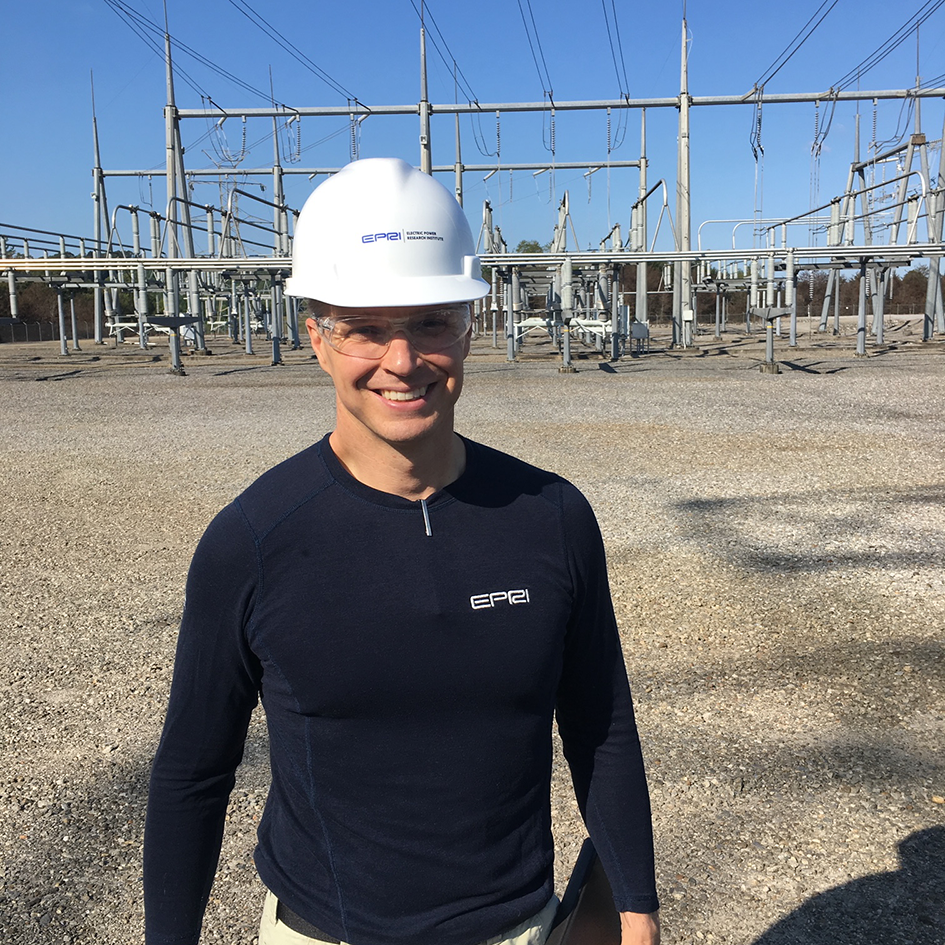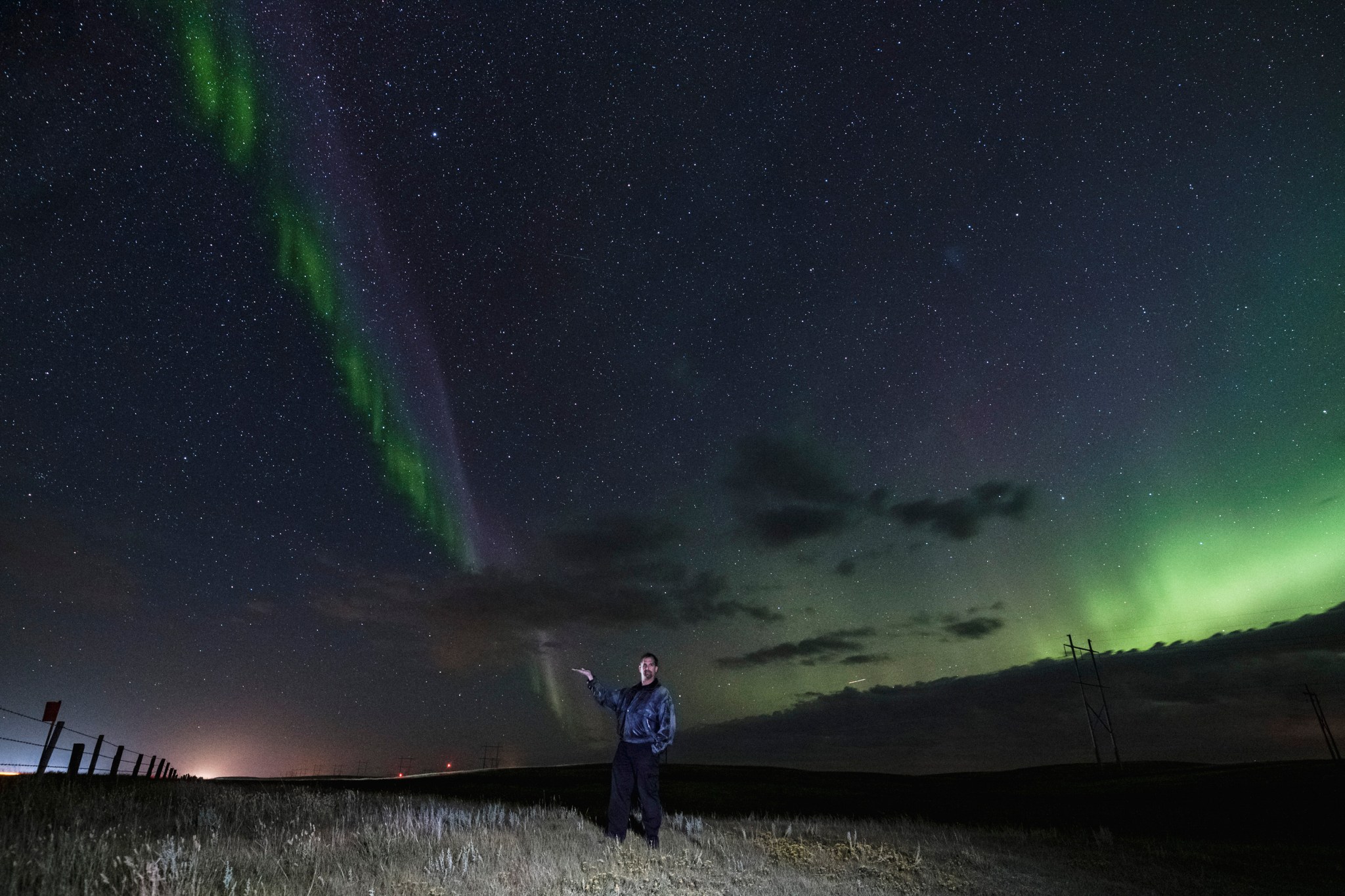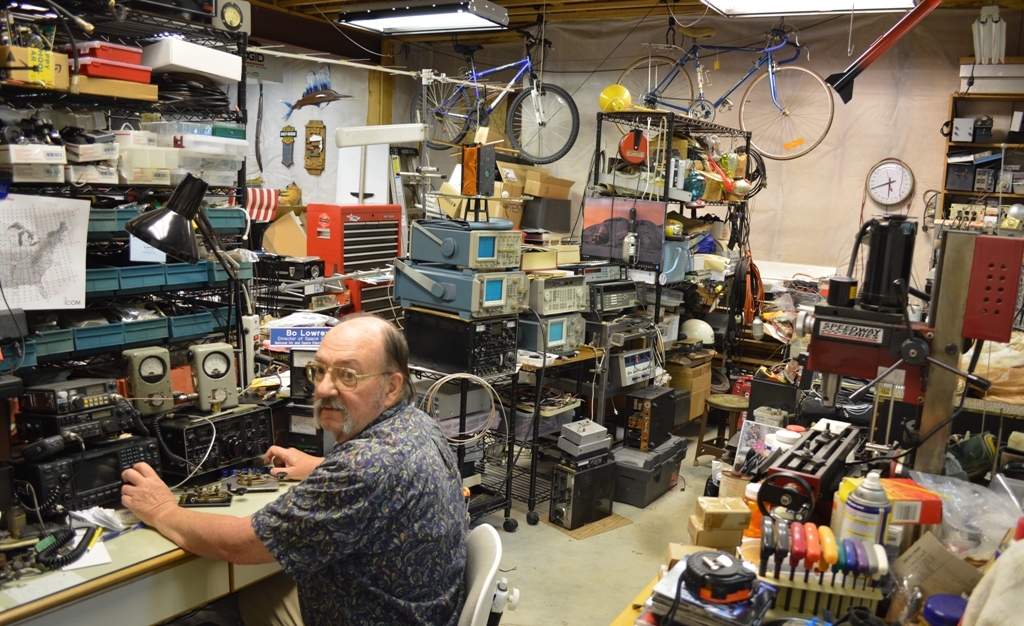On Sept. 15, scientists announced that the Sun has entered a new cycle, marked by solar minimum in December 2019. Read on to meet a few people whose everyday lives are affected by the regular ebb and flow of solar activity.
Mid-latitude aurora photographers are intimately familiar with the solar cycle. For us, the solar cycle means the difference between being able to catch the aurora once or twice a month during solar maximum, or seeing it only a few times a year during solar minimum (and knowing that we have a few years to wait until we’re regularly staying up well past our bedtimes again). The solar cycle also means the difference between coronal mass ejection-powered geomagnetic storms at solar maximum, which are often short and intense, and coronal hole-powered storms, which can last much longer. During this solar minimum, we are also watching the predictions for the next solar cycle closely, in hope that it will be more active than the last!
— Chris Ratzlaff, Alberta aurora chaser
Migratory birds were the first animals in which a magnetic sense was discovered. Use of the magnetic field to derive directional (“compass”) information has been established in a wide range of animals, including rodents.
When you navigate over shorter distances (less than about 60 miles), temporal variation in the magnetic field — the kind caused by solar storms — can cause significant errors in estimates of geographic position. For example, in some studies departure directions of homing pigeons appeared to vary with fluctuations in Earth’s magnetic field.
The trouble with studying homing pigeons is they’re very opportunistic in what they do. We know they use different navigation strategies when homing to different lofts. They may also switch between strategies with the level of magnetic storm activity or the time of year.
But you know, there’s huge evolutionary fitness consequences of getting it right. If the conditions are going to vary, then you better be flexible enough to use whatever’s available to you.
— John Phillips, professor of biological sciences at Virginia Tech in Blacksburg, Virginia
I lead research on geomagnetic disturbances at the Electric Power Research Institute. We work with utilities to build the research that will prepare the power system to handle a geomagnetic disturbance event. Our goal is to avoid any disruption of normal power system operation.
It starts with a forecast of a potential event. A space weather warning is usually anywhere from 14 to 96 hours; this will alert the power system operators to implement the planned procedures to place the power system in a “safe posture” in order to handle these events.
This safe posturing is based on studies of 1-in-100 year storms. Utilities can change the configuration of their power system (i.e. removing or adding transmission line and/or transformers) to minimize the impact of geomagnetically induced currents. In order to maintain system voltages, utilities may increase power generation and bring into service additional reactive power support equipment.
When you’re in solar minimum and there’s not much solar activity, it’s a good time to continue with research and implement these findings — which we’re doing — and when you get to solar max, there’s much more awareness. We work with a lot of research collaborators, including geologists and space weather experts, to focus in on the impacts to the power system. We’re all part of the equation.
— Bob Arritt, technical executive at the Electric Power Research Institute
In this photo, I am under the STEVE phenomena on Aug. 31, 2019, at 12:49 a.m. CST. Right after photographing a wedding and reception, I drove west of Regina, Canada, away from the rain and clouds to hunt the aurora and was rewarded! STEVE is positioned East/West (on the left of the photo) while aurora (on the right) is well to the north of the subauroral arc.
I am a retired, decorated veteran of the Canadian Navy who works for the Saskatchewan Telecommunications company for the last 20 twenty years. I have been photographing the northern lights since 2012 and shortly met with Dr. Tamitha Skov over Twitter when she was just starting to put out space weather forecasts. I constantly sent field reports of the northern lights for many years on Twitter, garnering a good rapport with local media and other aurora enthusiasts, for my photographs and accuracy of when to go see aurora. I’m self-taught about the solar cycle – I understand how coronal holes work, when they form, why they migrate to the poles during certain years of the cycle and I watch for sunspots and reports of coronal mass ejections. Watching the activity on the Sun can save me gas money instead of blindly driving out of the city into the dark countryside when aurora might not be likely. It was economically necessary for me to learn about the solar cycle and how it operates and interacts with Earth.
— Notanee Bourassa, aurora chaser
I’ve been an amateur (or “ham”) radio operator for about 50 years, so I’ve seen perhaps five of these cycles, where you hit solar maximum and solar minimum. During solar minimum, the ionosphere is not as electrically charged as much as it is during solar maximum, and so does not reflect low-frequency radio waves very well. Your contact distance is greatly reduced, and the number of available contacts is lower because radio waves are not reaching out as far. During solar maximum, you can easily talk pretty much to any place in the world through skip-bouncing a signal off the ionosphere. There are hour-to-hour variations in the distance you can communicate during solar maximum.
During solar minimum, you turn your attention to things that tickle your fancy other than talking over a distance. I spend a lot of time doing experimentation with ultra-high frequencies (UHF) and very high frequencies (VHF), where signals going beyond line-of-sight communication are an anomaly. I have communicated through ham radio satellites in orbit around Earth, which receive and re-transmit radio signals, and I once bounced a signal off the Moon. These UHF and VHF frequencies pretty much do not see the atmosphere or ionosphere. They can punch right through that layer, bounce off the Moon, and come back.
— Bo Lowrey, ham radio operator and NASA/JPL Solar System Ambassador
Compiled by Joy Ng, Sarah Frazier, and Miles Hatfield
NASA’s Goddard Space Flight Center, Greenbelt, Md.

























